Snow! Some of us love to see the white stuff falling from the sky, as long as we don’t have to drive through traffic in it. Now imagine not only do the kids have the day off from school, but you don’t have to report to work! It’s time to go play in the….wait a second….why is the snow blue in half of my pictures? I don’t remember there being any blue snow.
Blue snow happens because not all cameras see things the same way. Our human eyes and brain are still a thousand times better than the average camera at tasks like HDR, contrast and color correction. For those of us without certain conditions such as color blindness, we see snow under daylight conditions, for the most part, as snow. White stuff. In the sun? White. In the shade? White. Even in the dark of night, it usually looks white, unless colored by some city lights.
Blue snow happens when a camera fails to recognize what snow looks like in the shade. Again, different cameras will handle things differently and maybe your camera is spot on, all the time. But maybe you get blue snow. I know I have from time to time, even with quality cameras.
With a point and shoot camera, use the ?Shade? white balance, if the camera has it. This setting can also be used with a DSLR. ?Shade? tells the camera all the light hitting the main subject has come from indirect sources from the sun. This light is about 7500K, while noon-day daylight is around 5000K (give or take a few hundred K). If a camera is pointed to a sunny scene and then pointed at shade, it may not switch fast enough. This also happens if the scene is a mix of shade and directly lit objects.
Mind you, even when not shooting snow, this blueish colorcast will be there, but it is not always as noticeable depending on the colors in the shade. Something might not seem right and if there is not a lot of white, the blue cast doesn’t show itself as prevalently.
Let me show some examples of the importance of white balance in snow shots. I’ll use the exact same photo in the first set of examples, adjusting the white balance in Photoshop Lightroom. I will then drop the Blue Saturation in each photo to zero, to show the extent of colorcast (click on photos for 1000 pixel tall examples). This scene contains very little natural occurring blue, even from scattered light (the house is an off-white color).
First, the original shot. ISO 100, 60mm, 1/125sec, f/5.0, Canon 7D, Canon 28mm-300mm lens, shot soon after sunrise. This is the control shot with white balance set to Daylight as selected in-camera (5250K).
Now, I will select Cloudy in Lightroom (6500K). Below it is the same picture with Blue Saturation set to 0.
Next is the Shade setting (7500K).
Lastly, I selected the White Balance Selector tool and pointed it at a spot of well light snow on the railing. This brought back a balance of 9700K.
It is interesting to note the drop in overall blue saturation that is obviously experienced as different settings are selected. As there is less blue, the yellow colorcast becomes more prevalent. From my own interpretation of the scene, the Shade setting is closest to the real life colors. When choosing the snow as a white balance, this swings the scale too far to the right.
If you are wondering what the scene looks like in mixed light, here at the same pictures take around 1pm (a half hour past mid-day sun). ISO 100, 60mm, 1/200sec, f/7.1, Canon 7D, Canon 28mm-300mm lens. Set to Daylight. (5250K)
Now Cloudy. (6500K)
Now Shade. (7500K)
White Balance Selector on the same snow spot in the shade, as before. (9300K)
When I used the White Balance Selector to choose a spot on the sunlit snow, on average the reading came out to 5200K. Here, that white balance is the closest to color renditions in real life and that of the control in the second set of photos.
In a mixed scene, there is little to be done to remove blue snow short of removing all blue saturation in post processing. But then, the scene will often look fake, especially if there are any blue objects in it. A slight decrease in the blue saturation will help and is what I believe our brains do to the images our eyes send it.
Correcting for blue snow can be as easy as selecting the ?Shade? white balance setting on your camera before you begin shooting. While that setting might not have seemed important before, it is vital in removing the blue colorcast most evident when viewing snow photos. It is also important to remember the limits of this setting, especially when moving into direct sunlight.
Now if you will excuse me, I need to go play in the snow before it melts away!
Post from: Digital Photography School
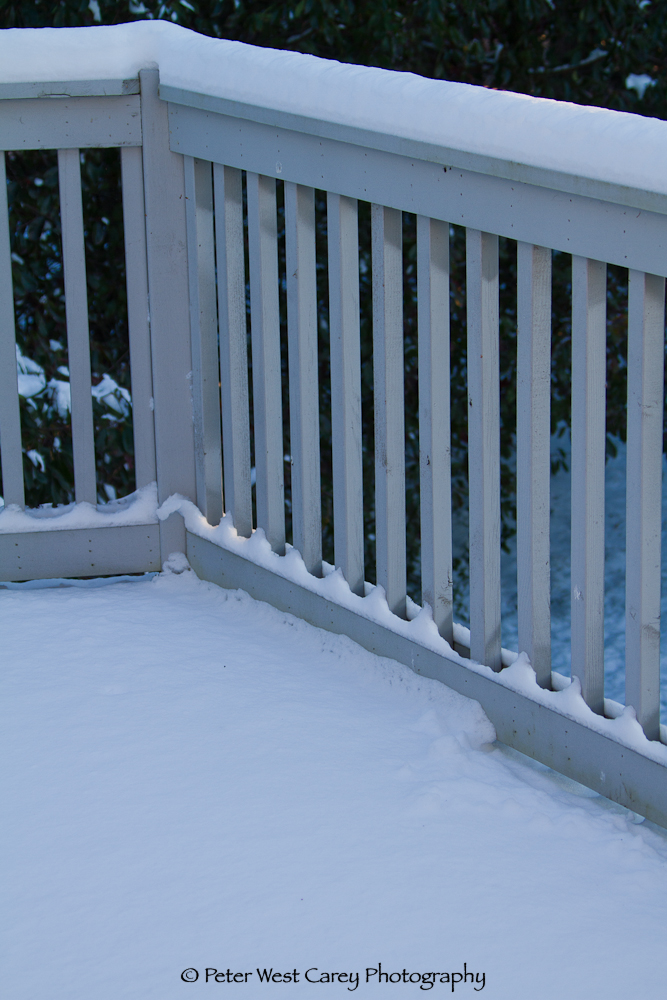
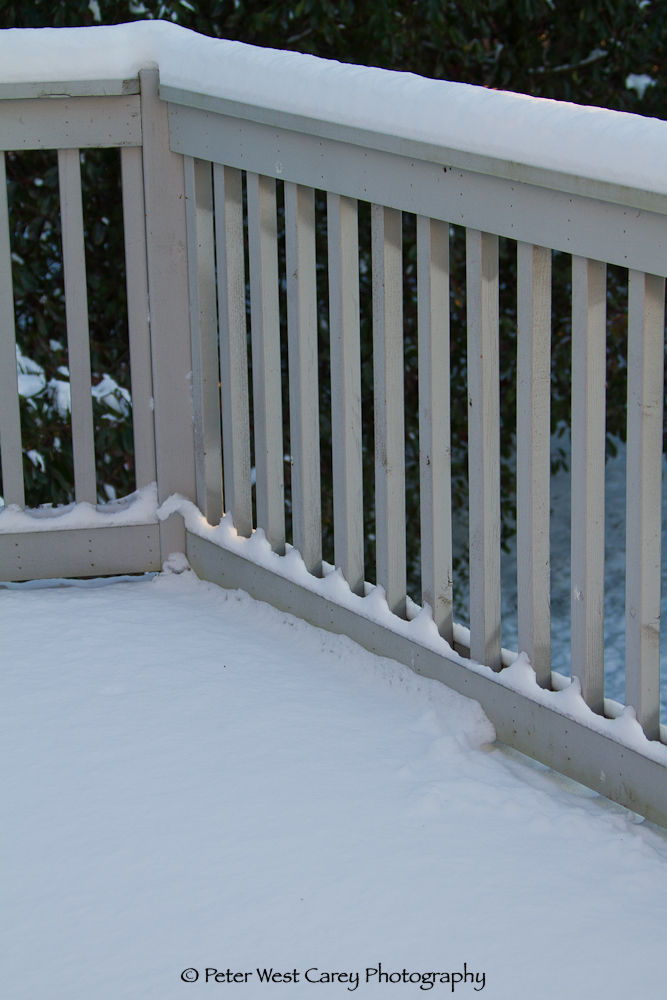
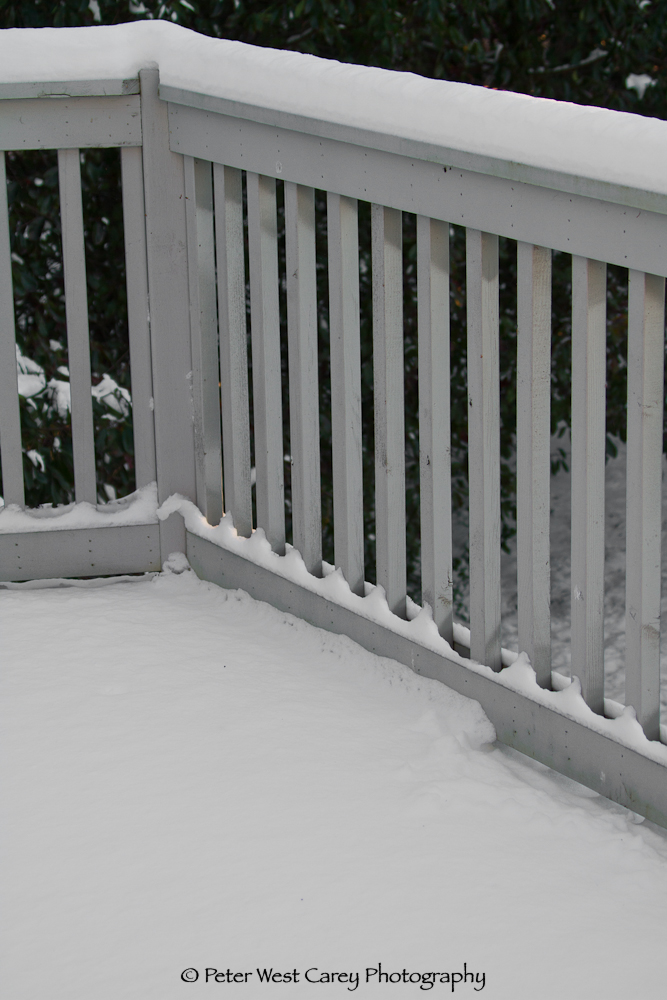
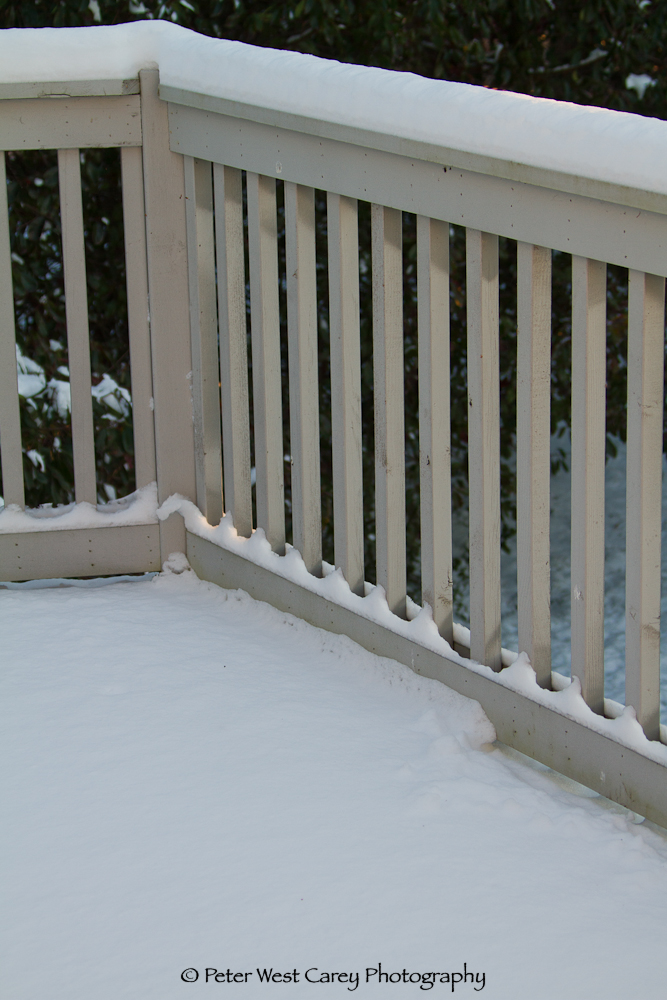

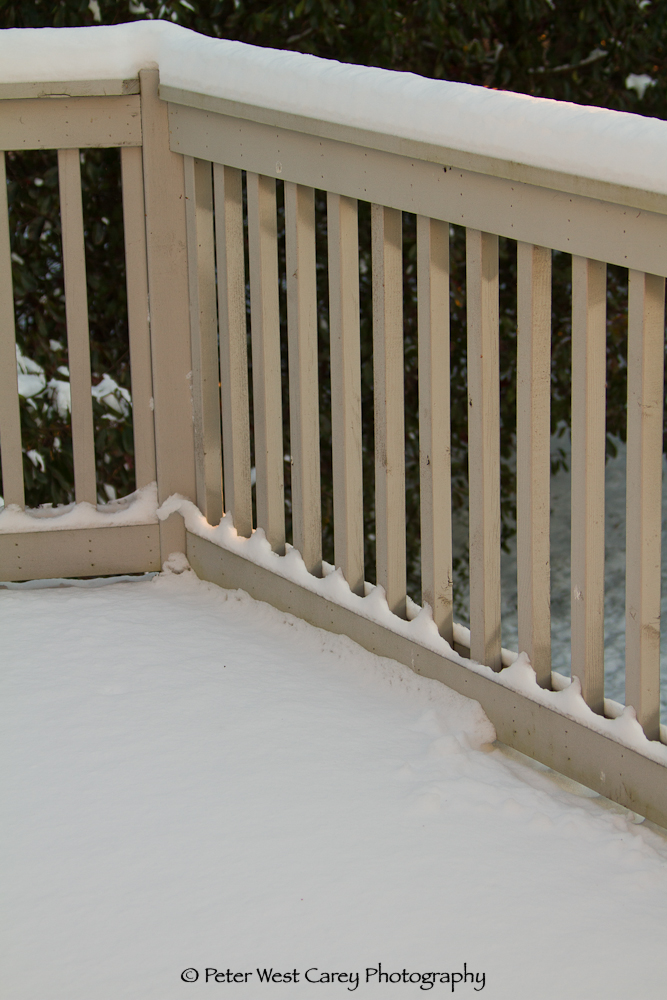
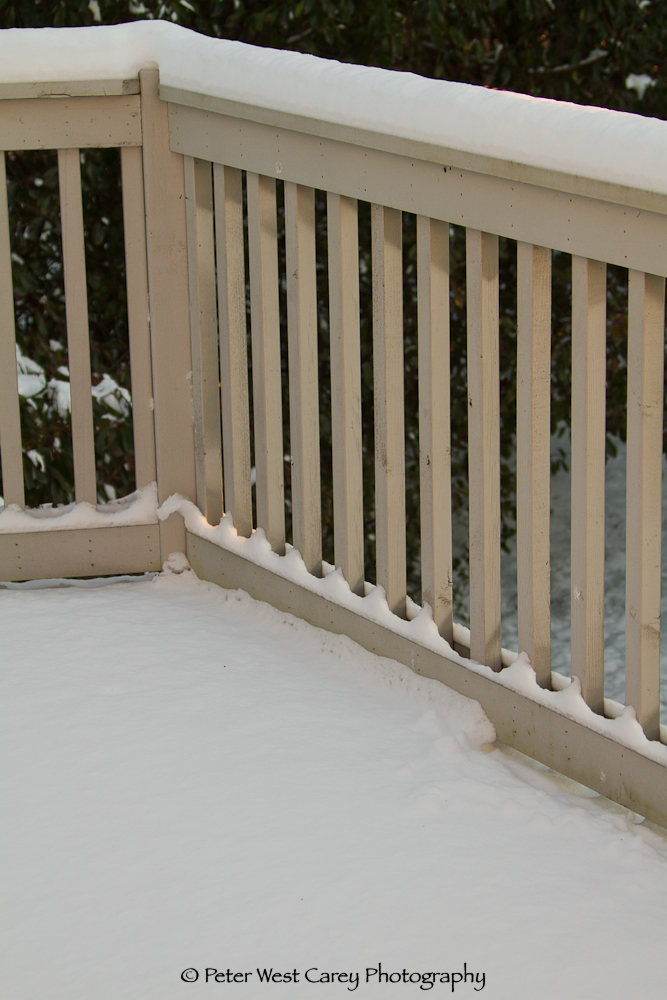
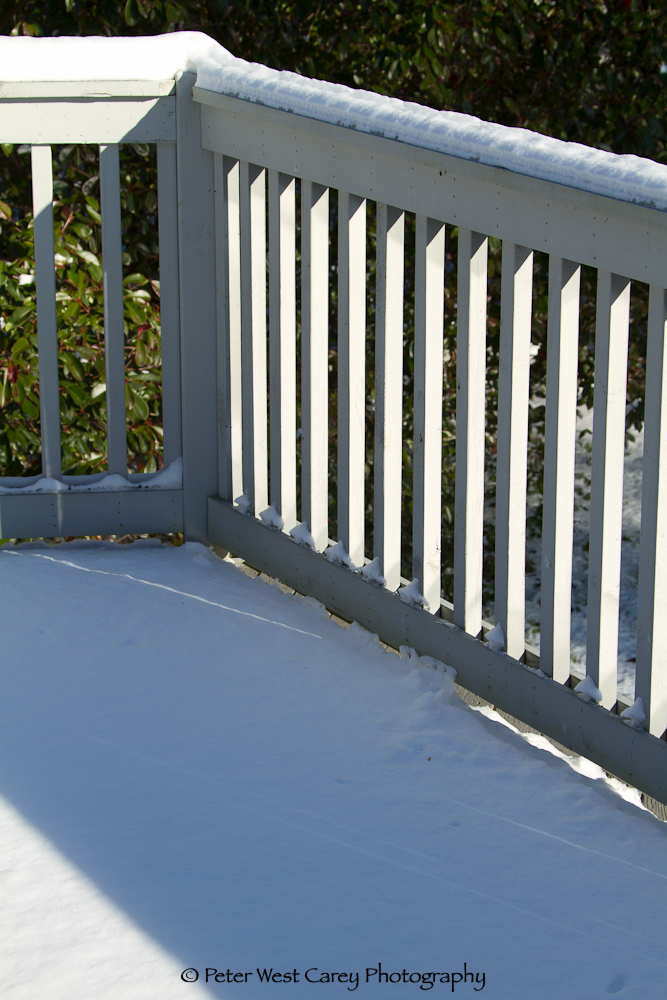
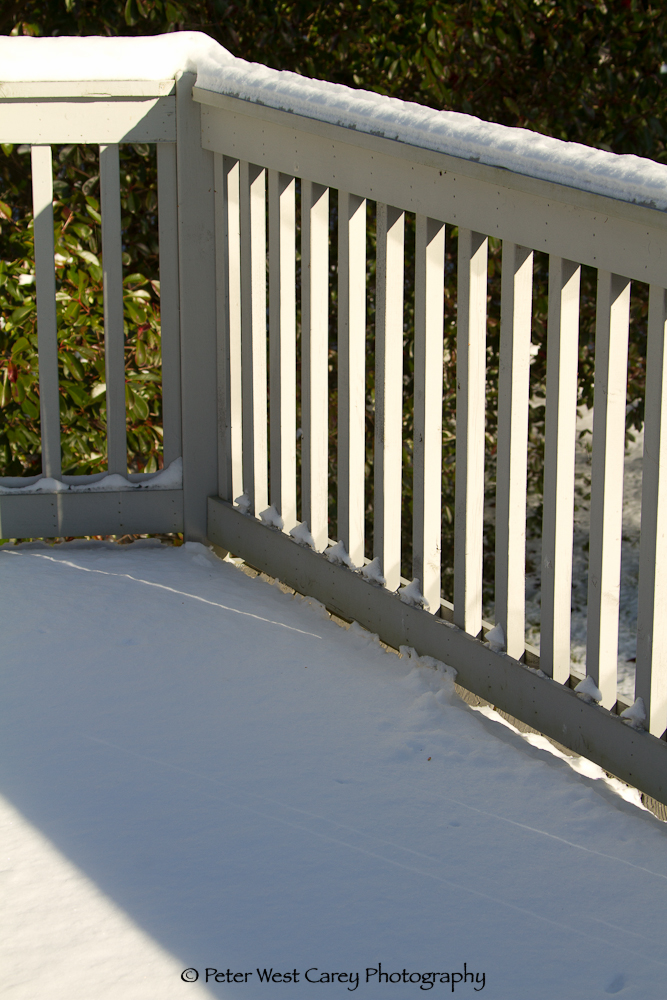
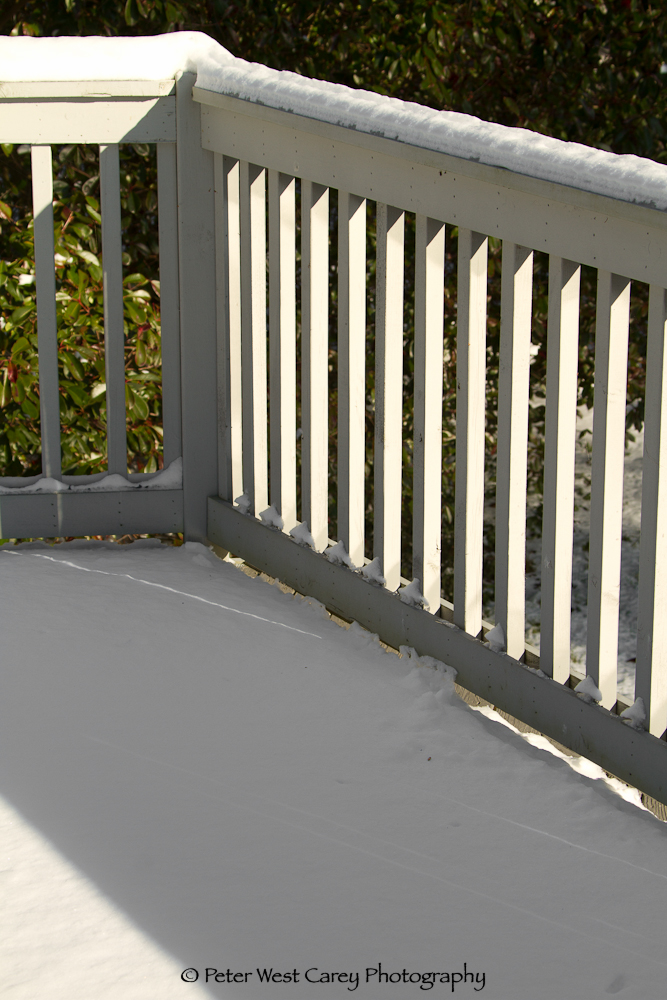



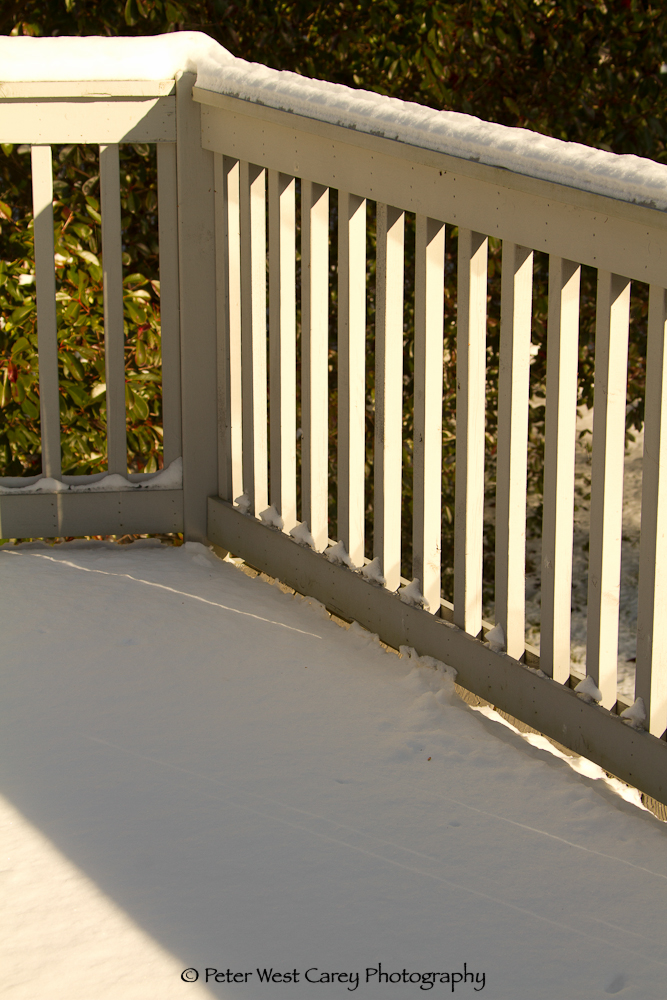
No comments:
Post a Comment